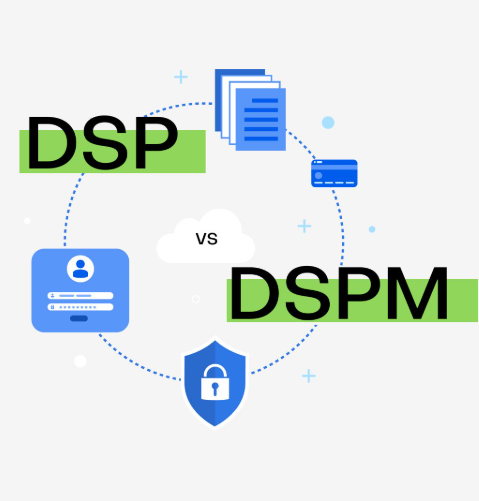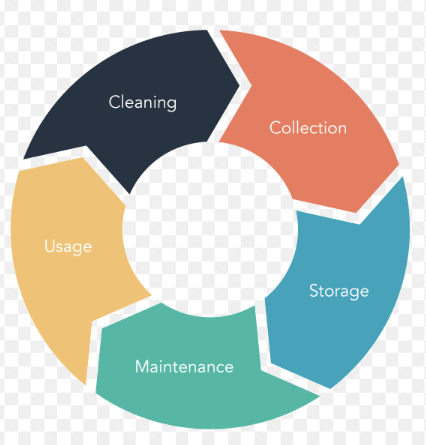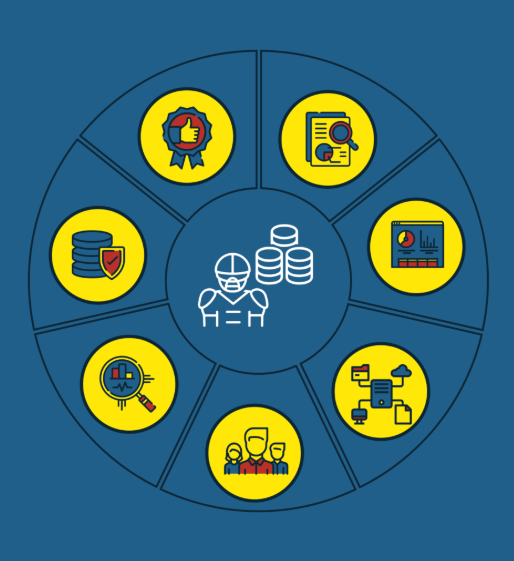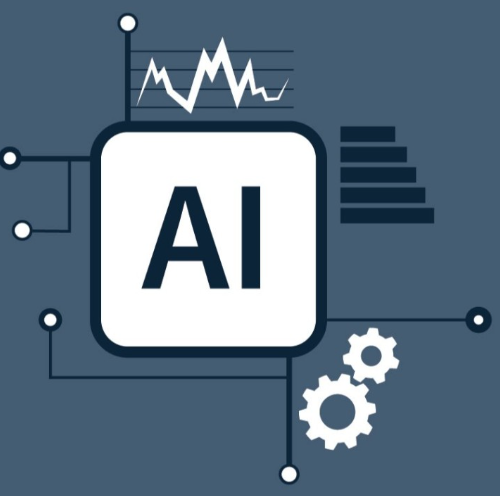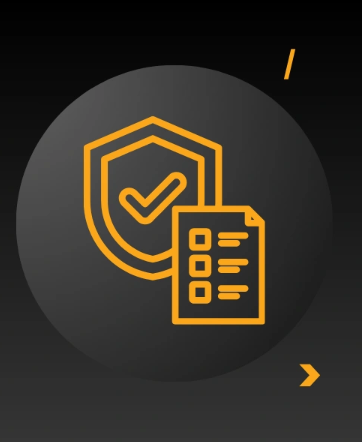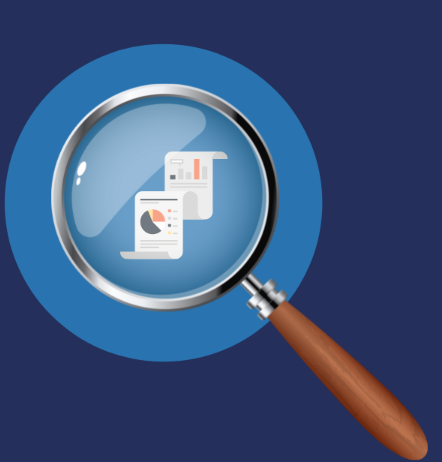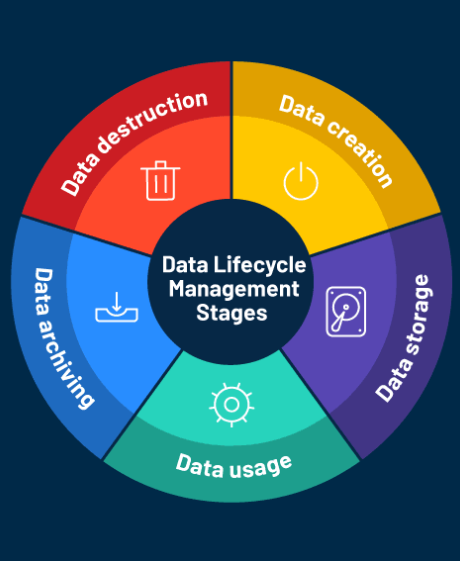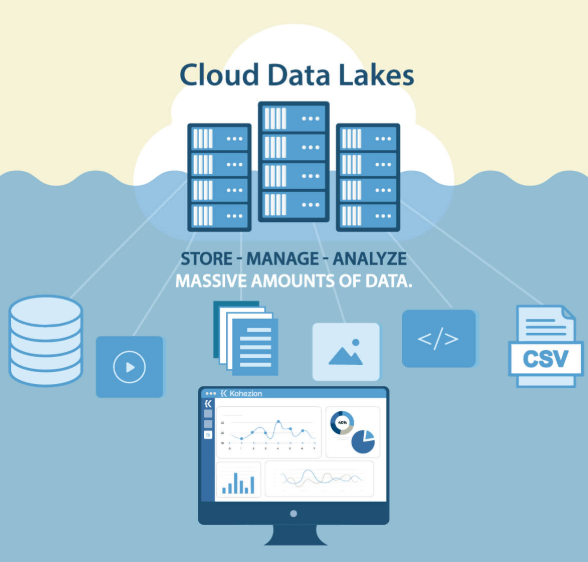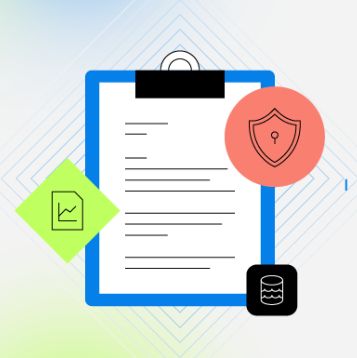
In today’s data-driven world, efficient data management is crucial for organizations looking to streamline operations, improve decision-making, and maintain a competitive edge. One of the key components of successful data management is data mapping, a process that ensures proper integration and alignment across different systems. Data mapping tools play a pivotal role in automating workflows and reducing human errors, making it easier for businesses to handle complex data integration tasks. To maximize the effectiveness of these tools, organizations should follow some best practices.
This blog post explores the essential best practices for using data mapping tools, including their features, key considerations, and how to select the right tool for your organization.
What Are Data Mapping Tools?
At its core, data mapping tools help connect data fields between different systems, ensuring that the data remains consistent, accurate, and compatible across platforms. These tools are commonly used in various scenarios, such as data migrations, integrating multiple databases, or aligning data through APIs.
Common Use Cases for Data Mapping Tools
- ETL (Extract, Transform, Load) Processes: These tools extract data from one system, transform it to match the destination system’s structure, and load it into the new platform.
- System Migrations: They assist in transferring data from outdated systems to newer technologies.
- Data Integration: Connecting data from diverse platforms like CRM, ERP, or marketing software.
- API Integrations: Aligning data across different application programming interfaces (APIs) to enable smooth communication between systems.
Manual vs. Automated Data Mapping Tools
- Manual Tools: These require manual alignment of data fields, making them more suitable for smaller projects but cumbersome for complex integrations.
- Automated Tools: Leveraging AI and machine learning, these tools can match schemas, predict field mappings, and apply rule-based transformations, significantly reducing errors and boosting productivity.
Key Features to Look for in Data Mapping Tools
- User-Friendly Interface: An intuitive design with drag-and-drop functionality to make adoption easier for teams.
- Scalability: The ability to manage growing data sets and increasing complexity as the organization expands.
- Integration Support: Compatibility with various cloud systems, databases, and APIs.
- AI Features: Predictive capabilities and schema matching to speed up data mapping workflows.
- Reporting and Validation Tools: Detailed validation checks and logs to ensure the accuracy of mapped data.
Best Practices for Effective Data Mapping
- Set Clear Objectives and Define the Scope
Every successful data mapping project begins with clear goals. Consider the following questions:- What are the intended business outcomes?
- What systems and datasets are involved?
- How will success be measured?
Documenting these objectives will help keep everyone aligned and focused.
- Conduct Data Profiling
Before you begin mapping data, it’s essential to assess the quality and compatibility of your data sets. Use profiling tools to identify inconsistencies, missing data, or duplicates. Addressing these issues beforehand will prevent errors during the mapping process. - Create Clear Mapping Rules
Data mapping rules are the foundation of any integration project. These rules should cover:- Formatting standards (e.g., date formats).
- Validation logic to ensure data consistency.
- Field-level constraints (e.g., limiting certain fields to specific text or numeric values).
Make sure the rules are flexible enough to adapt to any future changes in workflows or schemas.
- Utilize Automation and AI
Modern data mapping tools often incorporate artificial intelligence to streamline processes. AI can assist with:- Schema Matching: Automatically identifying relationships between fields in different systems.
- AI-Based Predictions: Using machine learning to recommend probable field matches.
Automating these tasks not only speeds up the process but also reduces the potential for manual errors.
- Test and Validate Thoroughly
No matter how automated the process, testing is critical. Start by validating sample data to ensure the mappings are correct before full-scale implementation. Conduct field-level checks and end-to-end validation to ensure compatibility and accuracy across the entire workflow. - Maintain Detailed Documentation
Keep thorough documentation of the data mapping process. This will not only assist with troubleshooting but also provide continuity if team members change and will aid in compliance audits. Update the documentation as workflows evolve to reflect any changes made throughout the mapping process. - Monitor and Optimize Performance
Data mapping is an ongoing task. Continuously monitor mapped workflows for any bottlenecks or inefficiencies. Utilize performance metrics to refine mapping rules and optimize data processing speeds.
How to Choose the Right Data Mapping Tool
When selecting a data mapping tool, consider the following factors:
- System Compatibility: Does the tool integrate seamlessly with your existing platforms and systems?
- Scalability: Can it handle increasing data volumes and complexity as your organization grows?
- AI Capabilities: Does it offer automation and machine learning features to streamline workflows?
- User-Friendliness: Is the tool easy for your team to use and adopt?
- Cost vs. Value: Does the price of the tool align with the business value it brings?
Popular Data Mapping Tools
- Informatica PowerCenter: A well-established leader in the ETL space, suitable for complex integrations but requiring technical expertise.
- Talend: A cost-effective, open-source platform for data integration, widely used for its flexibility.
- Hevo Data: A no-code solution designed for ease of use, ideal for real-time data migration and integration.
The Future of Data Mapping
As technology evolves, so will data mapping tools. Some emerging trends to watch include:
- AI and Machine Learning Integration: Expect further advancements in predictive field matching and anomaly detection to improve mapping accuracy.
- Real-Time Data Mapping: With businesses shifting toward real-time decision-making, data mapping tools with real-time capabilities will become increasingly valuable.
- Adaptive Mapping: New tools are being developed that dynamically adjust mappings in response to schema updates, reducing manual workloads.
Maximizing the Impact of Data Mapping
By following best practices and utilizing advanced data mapping tools, organizations can significantly enhance their data integration processes. Whether you’re migrating data, integrating systems, or ensuring smooth API communication, these tools are indispensable for achieving greater efficiency, accuracy, and insights.













